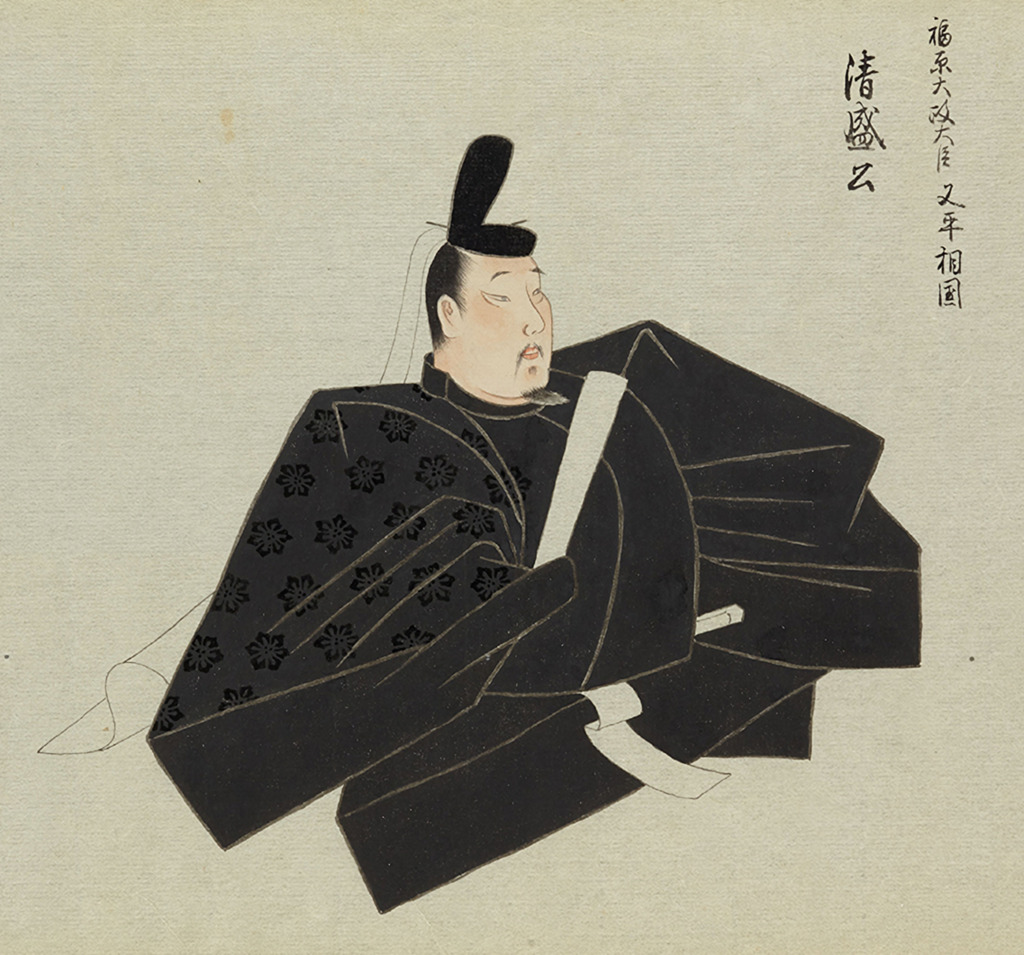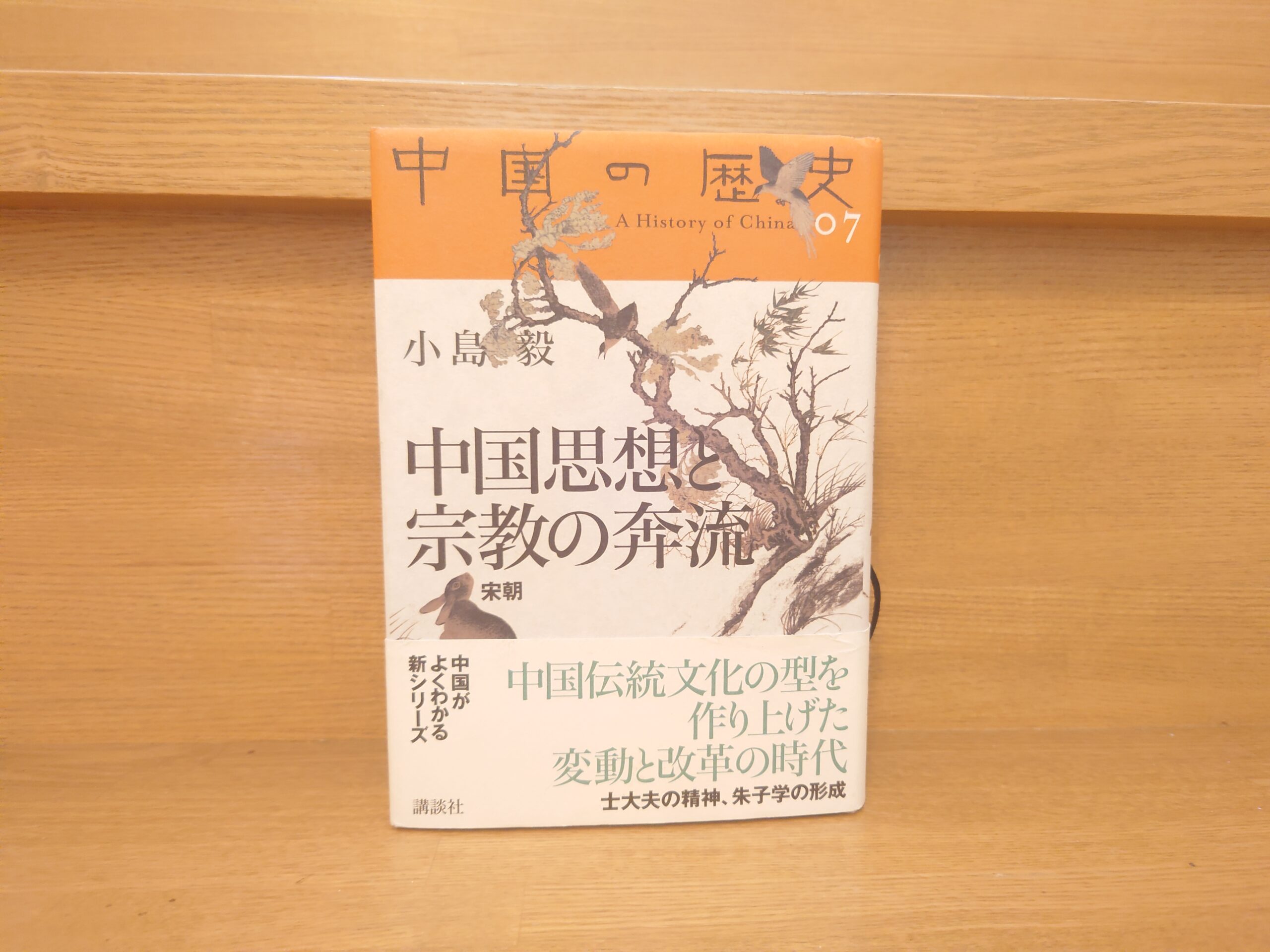Summary and Comments on "History of China 07: The Mainstream of Chinese Thought and Religion" - also recommended to learn about the revolution in knowledge brought about by the art of printing and its influence on Buddhism and Confucianism!
Introduced here is "History of China 07: The Mainstream of Chinese Thought and Religion" by Takeshi Kojima, published by Kodansha in 2005.
Let's take a quick look at the book.
A Period of Change and Reform that Created the Type of Traditional Chinese Culture
The Spirit of the Shi Dao, the Formation of Zhu XiTwo hundred years after the An Shi Rebellion that shook the Tang Empire, the Song Dynasty was founded in the wake of the Five Dynasties War. What were the merits and demerits of adopting a civilian rule? This book provides an overview of the 300-year history of the Song dynasty, which, despite its constant military inferiority to the foreign dynasties to the north, created a political, social, and economic system that would serve as a standard for future generations, and whose culture was in full bloom.
AmazonProducts Page.
In this book, you will learn about the history of the Song Dynasty, which ruled China from 960 to 1276.

I was surprised to read this book because I had only had an image of the Sung Dynasty in my mind as the Japan-Song trade of Taira no Kiyomori. Although the Song dynasty is less impressive than the Sui and Tang dynasties, it was during this period that Chinese culture became overwhelmingly sophisticated.
This book provides a detailed look at the cultural aspects of the Tang Dynasty as well as its history. There are also plenty of photos so that you can see the magnificent ceramics. I appreciate this because it gives me a visual image.
And what surprised me the most was the revolutionary change brought about by the invention of the art of printing. I was very interested in that moment when the act of "reading a book" was decisively transformed. Since we are here, let's take a look at that part. Before the advent of the book, most books were written on bamboo, wood, or woven silk, and those written on paper were kept as scrolls.
Books were kept in units of considerable length (scrolls), which were rolled up. Therefore, when reading a work, the first part of each scroll could be seen immediately, but to see the middle part, one had to literally unwind the scroll. Spreading out the scrolls (called "makiko-bon") required an appropriate amount of space, making it difficult to compare and contrast several different books at the same time for research purposes. In fact, such a method of research would not have existed in the first place. Books were not meant to be opened and referred to immediately, but rather their contents were to be memorized.
However, the production of books by printing has changed the style of books. When printed on woodblocks, the printed book is an accumulation of blocks with the width of the original woodblock as the unit of measurement. The width of the woodblocks gave rise to the concept of "pages. At first, they were probably connected together to form a scroll. Eventually, a method of folding scrolls page by page, known as "folded books," was invented. This was because it was easier to see the printed page by page. In the early days of facsimile, when a roll of printed paper came out in a mess because of the length of the contents received, you may have folded it by alternating mountain folds and valley folds at each page break. That is the same thing. Even today, the sutras that monks take out of their pockets at funerals and Buddhist memorial services have this form. This is how the Song Dynasty's Da Zang Sutra was bound in the first place.
Eventually, a method was developed to cut and bundle these materials instead of folding them. In this case, the edges would be bound together, as is still done today with clips for conference materials. This is the "Daifuku-cho" method, so to speak. However, this method was not suitable for thick books and required an area twice as large as the printing area to spread the book. Thus, the idea was to bind the center of the pages together with a thread, and then fold the pages in a valley to form a spread. This style is called "butterfly binding" because the pages look like butterflies when unfolded. In the Song dynasty (960-1279), books were mainly bound in this way. (The book was mainly in this form during the Song dynasty.)
This was a revolutionary change for the act of reading. First of all, I can now refer to the necessary section at any time, even if it is in the middle of a volume. If I put a sticky note in the middle of a volume, I can open it instantly. I can open that section in an instant. The contents of a hazy memory can be immediately checked in the original. Moreover, if there is a place the same size as the woodblocks, a book can be opened. It is now possible to open several books at the same time and compare them. The technical premise for the development of a word-for-word revision process and a scholarly style of investigation into the description of a particular incident. One did not need to have an extraordinary memory to participate in such work.
Kodansha, Takeshi Kojima, A History of China 07: The Mainstream of Chinese Thought and Religion, p. 233-235.
A book was not something to be opened instantly and referred to, but essentially its contents were to be memorized."
This was a blind spot. It is true that with a scroll, you cannot instantly open the place you want to read. Moreover, as pointed out above, it was not possible to compare it with other documents. I see.
This was an eye-opening experience for me, as I realized that the printed book was the prototype of the "book" that we now imagine as a "book.
I can now refer back to where I need to go at any time, even if I'm in the middle of a volume." It's even better if you put a sticky note in the middle of it. I can open that section in an instant. I can immediately check the original source for something that I am not familiar with."As a result, superhuman memorization skills are no longer necessary. Of course, the more one can memorize, the better, but I think it is extremely significant that we have entered an era in which it is more important to compare and study materials and freely and openly speculate from them.
This may also coincide with the present age, where the Internet and AI are developing at an astonishing speed. It seems to me that the "significance of knowledge" is being questioned from the very foundation for us modern people.
The significance of knowledge changed dramatically with the development of the art of printing during the Song dynasty. Buddhism, Confucianism, and Taoism were all greatly affected by this change. This book is a great way to look at that as well. This has been an exciting read.
I highly recommend this book. Why not pick up a copy?
This is "History of China 07: The Mainstream of Chinese Thought and Religion" - also recommended to learn about the revolution in knowledge brought about by the art of printing and its influence on Buddhism and Confucianism! The above is "History of China 07: The Mainstream of Chinese Thought and Religion".
Click here to read the previous article.
Related Articles





































